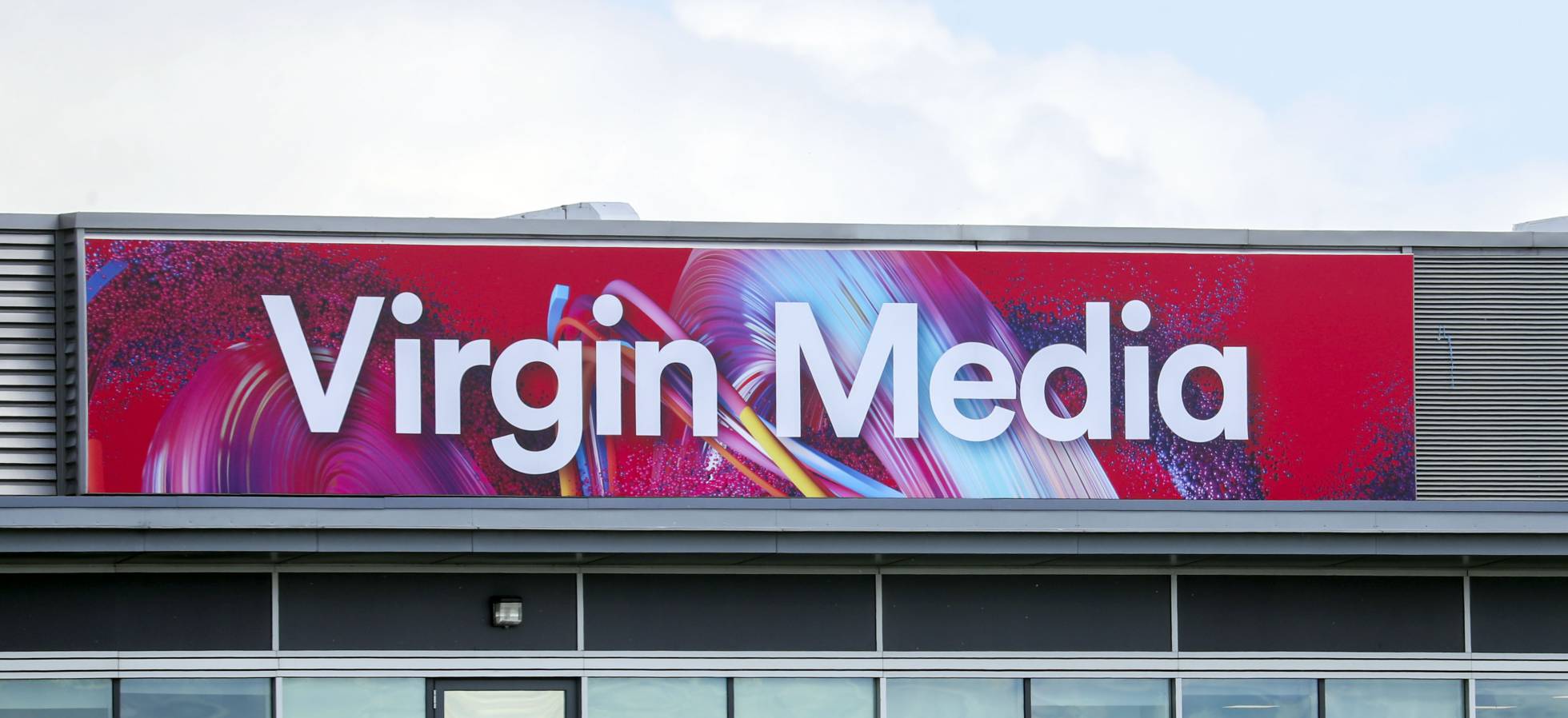
Telefónica And Liberty Expand VMED O2 Financing In Full Fiber Offensive
Virgin Media O2 (VMED O2), the British subsidiary of Telefónica and Liberty Global, accelerates its financial activity, in parallel with the new strategic initiatives to expand fiber and 5G. Thus, the company has expanded its financing with a new debt issue, in this case green bonds, for an amount of 550 million dollars (about 473 million euros), with a maturity of 10 years and a coupon of 5.5 %.
The operator explained that these resources would be used to repay senior obligations, due in 2026.
The new issue comes just a few weeks after VMED O2 launched two debt issues, for a combined amount of 1,503 million euros, through its financial subsidiary VMED O2 UK Financing. On the one hand, it placed a debt of 850 million dollars (about 718 million euros) for 10 years (maturity in 2013), with an interest rate of 4.75%. On the other, it issued bonds for 675 million pounds sterling (about 785 million euros), also for 10 years, with an interest rate of 4,500%.
All the placements have been issued under the new established model of green bonds, defined as VMED O2 Green Bond Framework, which is aligned under the sustainability lines established in the Principles on Green Bonds of the International Capital Markets Association.
VMED O2 noted that the funds from emissions will go to sustainable and highly energy efficient projects.
In this sense, the company announced a plan to upgrade its fixed fiber network (FTTP), which will be completed in 2028. The objective is to bring this technology to a total of 14.3 million real estate units (BUs), currently connected to cable. VMED O2 currently has 1.2 million UUII with FTTP.
New network
In a presentation with investors after presenting the first half accounts, Mike Fries, CEO of Liberty Global, noted that VMED O2 will upgrade 93% of its homes with fiber to preserve and accelerate leadership. According to the manager, the difference in cost between using FTTP or DOCSIS 4 (for cable) is “marginal”. In their opinion, the cost per household in FTTP is 100 pounds, while upgrading to DOCSIS 4.0 would be 60 pounds per unit of housing.
The executive specified that the total costs estimated for this seven-year plan will represent a modest annual increase with respect to the capex forecast by VMED O2, which will be around 2 billion pounds a year as a whole. Fries said the company is studying all options to execute the plan, including strategic alliances or investor entry into capital.
In any case, among the benefits of this fiber plan, he cited the improvement of income in the residential area, in the business segment and the wholesale area.
In any case, Telefónica, a 50% partner in VMED O2, has already resorted to creating investment vehicles in fiber optics in markets such as Germany, Brazil, Chile and Colombia, in which a partner has been entered. . In the German market, it gave entry to Allianz, in Brazil to CDPQ, and in Chile and Colombia to KKR. In this scenario, it would not be ruled out if this route was used in the British market.
According to the executive, the decision to accelerate the deployment, backed by Telefónica and Liberty Global, will add value to their holdings. Likewise, he pointed out that VMED O2 has been testing different technologies and analyzing the different network scenarios, which provide the opportunity to enter the fixed broadband wholesale market.


